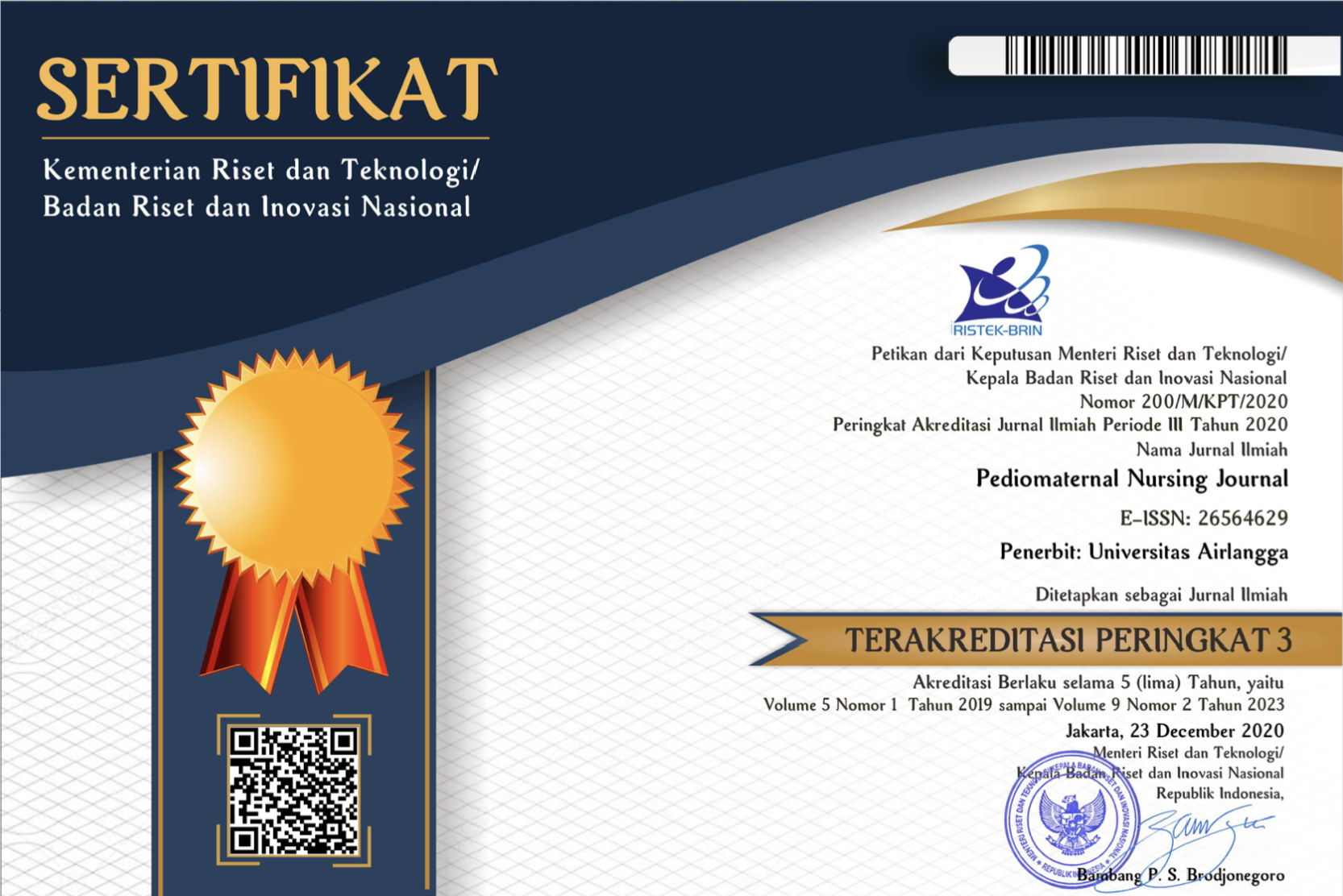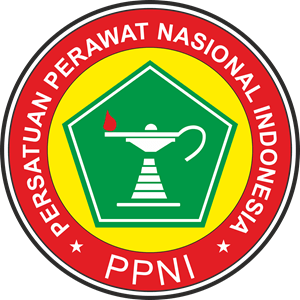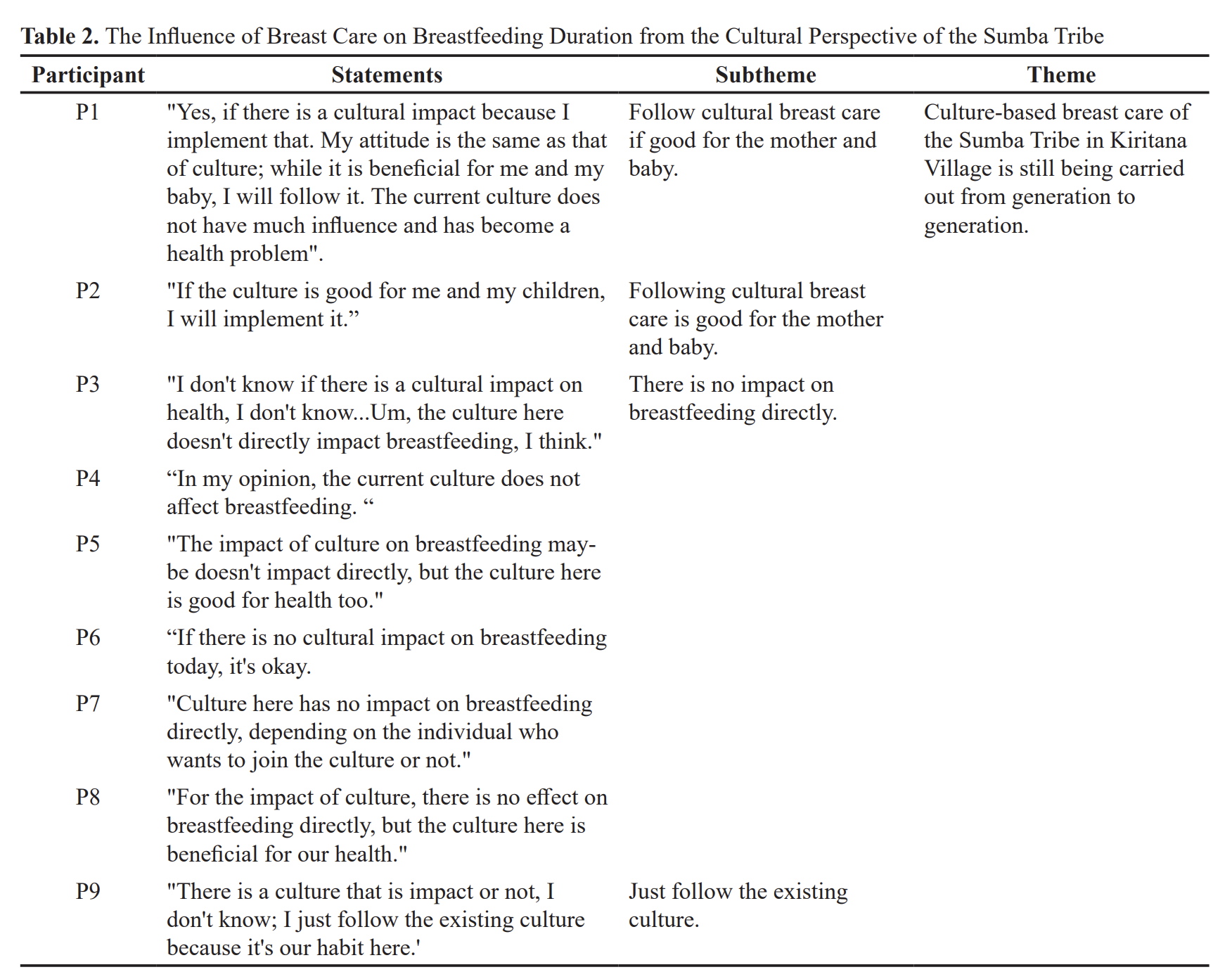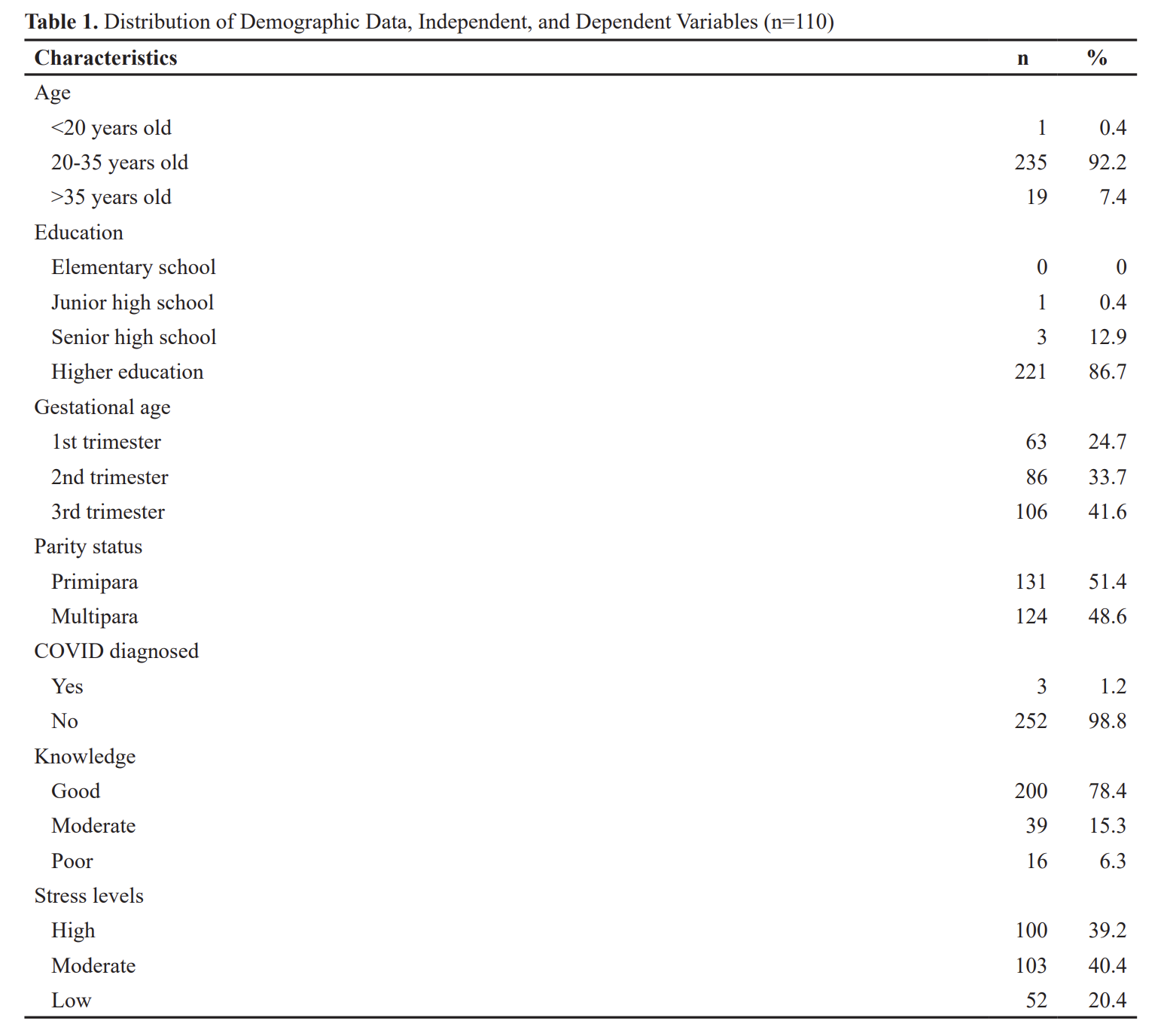The Correlation between Mothers' Breastfeeding Pattern and Stunting among Toddlers
Downloads
Introduction:Stunting is a condition of the measured height of toddlers, which is less to the age. Stunting, which occurs in these children, is also considered in chronic nutrition problems. The study aimed to discover the correlation between breastfeeding mothers' pattern in breastfeeding for toddlers aged 0 days to 6 months with the stunting incidence in toddlers in Gandatapa village, Sumbang sub-district, Banyumas district.
Methods: This study implemented an observational analytic method that examined the correlation between breastfeeding mothers' patterns and stunting incidence. This research design was case control. This study conducted two sampling techniques; total sampling and simple random sampling, and each was used for sampling and control groups. The research sample collected 80 respondents. The study used a questionnaire of breastfeeding mothers and TB/U observation charts for ages 2 to 5 years, according to WHO 2005.
Results: Based on the bivariate analysis, the pattern of breastfeeding mothers in Gandatapa Village, Sumbang District, Banyumas Regency was in a bad category with 22 stunting toddlers (55%). Pearson Chi-Square test on the Pattern of Breastfeeding Mothers towards Stunting Incidents in toddlers obtained p-value = 0.024 <0.05 with an OR value of 2.852 (95% CI 1.137 - 7.152).
Conclusion: Toddlers under 24 to 35 months can increase the risk of stunting incidence when mothers have poor breastfeeding patterns.
Arifin, D. Z., Irdasari, S.Y., and Handyana, S. (2012) 'Analisis Sebaran dan Faktor Resiko Stunting pada Balita di Kabupaten Purwakarta', Unpad. Available at: http://pustaka.unpad.ac.id/archives/126746 (Accessed: 8 January 2020)
Dinas Kesehatan Kabupaten Banyumas. (2015) Profil Kesehatan Kabupaten Banyumas Tahun 2015. Banyumas : Dinas Kesehatan Kabupaten
Fenta, H. M., Workie, D. L., Zike, D. T., Taye, B. W., and Swain, P. K. (2019) "Determinants of Stunting among under-five Years Children in Ethiopia from the 2016 Ethiopia Demographic and Health Survey: Application of Ordinal Logistic Regression Model using Complex Sampling Designs". Clinical Epidemiology and Global Health, 8(2), pp. 404 - 413 [online]. Available at: https://doi.org/10.1016/j.cegh.2019.09.011 (Accessed: 2 June 2020)
Kementerian Kesehatan RI. (2010) Riset Kesehatan Dasar Tahun 2010. E-book [online] Available at: http://kesga.kemkes.go.id/images/pedoman/Riskesdas%202010%20Nasional.pdf (Accessed: 14 January 2020)
Kementerian Kesehatan RI. (2018) Buletin Jendela Data dan Informasi Kesehatan Topik Utama: Situasi Balita Pendek (Stunting) di Indonesia. E-book [online]. Available at: www.kemkes.go.id "º download "º Buletin-Stunting-2018 (Accessed: 14 January 2020)
Kementerian Kesehatan RI. (2018) Riset Kesehatan Dasar Tahun 2018. E-book [online]. Available at: http://kesmas.kemkes.go.id/assets/upload/dir_519d41d8cd98f00/files/Hasil-riskesdas-2018_1274.pdf (Accessed: 18 November 2019)
Lestari ED, Hasanah F, and Nugroho NA. (2018) 'Correlation between non-exclusive breastfeeding and low birth weight to stunting in children'. Pediatrica Indonesia, 58(3), pp. 123-127.
Lim, Robin. (2012) ASI Eksklusif Dong! Buku untuk para Ayah oleh Ibu Robin Lim. Bali: Yayasan Bumi Sehat.
Marmi and Rahardjo, K. (2012) Asuhan Neonatus, Bayi, Balita, dan anak pra sekolah. Yogyakarta: Pustaka Pelajar
Mentari, Suharmianti and Hermansyah, Agus. (2018) Faktor – faktor yang berhubungan dengan status stunting anak usia 24 - 59 bulan di Wilayah Kerja UPK Puskesmas Siantan Hulu. Pontianak Nutrition Journal, 1(1), pp.1-5 [online]. DOI: https://doi.org/10.30602/pnj.v1i1.275
Millenium Challenge Account Indonesia. (2015) Stunting dan Masa Depan Indonesia. E-book [online]. Available at: http://mca-indonesia.go.id/wp-content/uploads/2015/01/Backgrounder-Stunting-ID.pdf (Accessed: 20 September 2019)
Mugianti, S., Mulyadi, A., Anam, A., and Najah, Z. (2018)' Faktor Penyebab Anak Stunting Usia 25-60 Bulan di Kecamatan Sukorejo Kota Blitar'. Jurnal Ners dan Kebidanan (Journal of Ners and Midwifery), 5(3), pp. 268-278. doi: https://doi.org/10.26699/jnk.v5i3.ART.p268-278
Nadiyah. (2014) 'Faktor Resiko Stunting pada Anak usia 0 – 23 bulan di Provinsi Bali, Jawa Barat, dan Nusa Tenggara Timur'. Jurnal Gizi dan Pangan, 9 (2), pp. 125 – 132.
Nasir, M. A dan Ideputri. (2011) Metodologi Penelitian Kesehatan. Yogyakarta: Mulia Medika
Ni' mah, Khoirun and Nadhiroh, Siti R. (2015) 'Faktor yang Berhubungan dengan Kejadian Stunting pada Balita'. Media Gizi Indonesia, 10 (1), pp. 13 – 19 http://dx.doi.org/10.20473/mgi.v10i1.13-19
Notoatmodjo, Soekidjo. (2010) Metodologi Penelitian Kesehatan. Jakarta : Rineka Cipta
Prawirohardjo, S. (2012) Ilmu Kebidanan. Jakarta : P.T Bina Pustaka Sarwono Prawirohardjo
Pusat Data dan Informasi (PUSDATIN). (2014) 'Infodatin Pusat Data dan Informasi Kementerian Republik Indonesia: Situasi dan Analisis ASI Eksklusif'. E-book [online]. Available at: https://www.kemkes.go.id/resources/download/pusdatin/infodatin/infodatin-asi.pdf (Accessed: 12 September 2019)
Reurings, M., Vossenaar, M., Doak, C. M., and Solomons, N. W. (2013) 'Stunting rates in infants and toddlers born in metropolitan Quetzaltenango, Guatemala'. Nutrition, 29(4), [online]. Avaliable at: https://doi.org/10.1016/j.nut.2012.12.012
Rukiyah, A Y. (2011) Asuhan Kebidanan III Nifas. Jakarta: Trans Info Media
Sulistiyawati, A. (2019). Faktor – faktor yang berhubungan dengan kejadian stunting pada balita, Jurnal Ilmu Kebidanan, 5 (1),
Tanaka, J., Yoshizawa, K., Hirayama, K., Karama, M., Wanjihia, V., Changoma, M. S., and Kaneko, S. (2019) 'Relationship between dietary patterns and stunting in preschool children: a cohort analysis from Kwale, Kenya'. Public Health, 173, pp. 58–68 [online]. Available at: https://pubmed.ncbi.nlm.nih.gov/31254679/
Tim Nasional Percepatan Penanggulangan Kemiskinan. (2017) '100 KABUPATEN/KOTA PRIORITAS UNTUK INTERVENSI ANAK KERDIL (STUNTING)'. E-book [online]. Available at: http://www.tnp2k.go.id/images/uploads/downloads/Binder_Volume1.pdf (Accessed: 12 September 2019)
United Nations Children's Fund (UNICEF), World Health Organization, International Bank for Reconstruction and Development/The World Bank. (2019) 'Levels and trends in child malnutrition: key findings of the 2019 Edition of the Joint Child Malnutrition Estimates'. E-book [online]. Available at: https://www.who.int/nutgrowthdb/jme-2019-key-findings.pdf?ua=1 (Accessed: 12 September 2019).
Utami, Ressa A ; Setiawan, Agus; & Fitriyani, Poppy. (2019). Identifying causal risk factors for stunting in children under five years of age in South Jakarta, Indonesia. Enferma Clinica 29(2), pp. 606-611. https://doi.org/10.1016/j.enfcli.2019.04.093
Yuliani, Eva ; Muzakkir ; Yunding, Junaedi ; Indrawati ; Irwan, Muhammad ; Immawanti ; & Djalal, Muspirah. (2020). Age to start eating fish is a determinant factor of stunting in children age 25–60 months in Majene Regency, 2018. Enfermeria Clinica 30(2), pp. 466 – 469 [online]. https://doi.org/10.1016/j.enfcli.2019.07.139
Copyright (c) 2020 Tiffatul Jannah Firdausya, Deisy Sri Hardini

This work is licensed under a Creative Commons Attribution 4.0 International License.
1. The journal allows the author to hold the copyright of the article without restrictions.
2. The journal allows the author(s) to retain publishing rights without restrictions.
3. The legal formal aspect of journal publication accessibility refers to Creative Commons Attribution (CC BY).





















